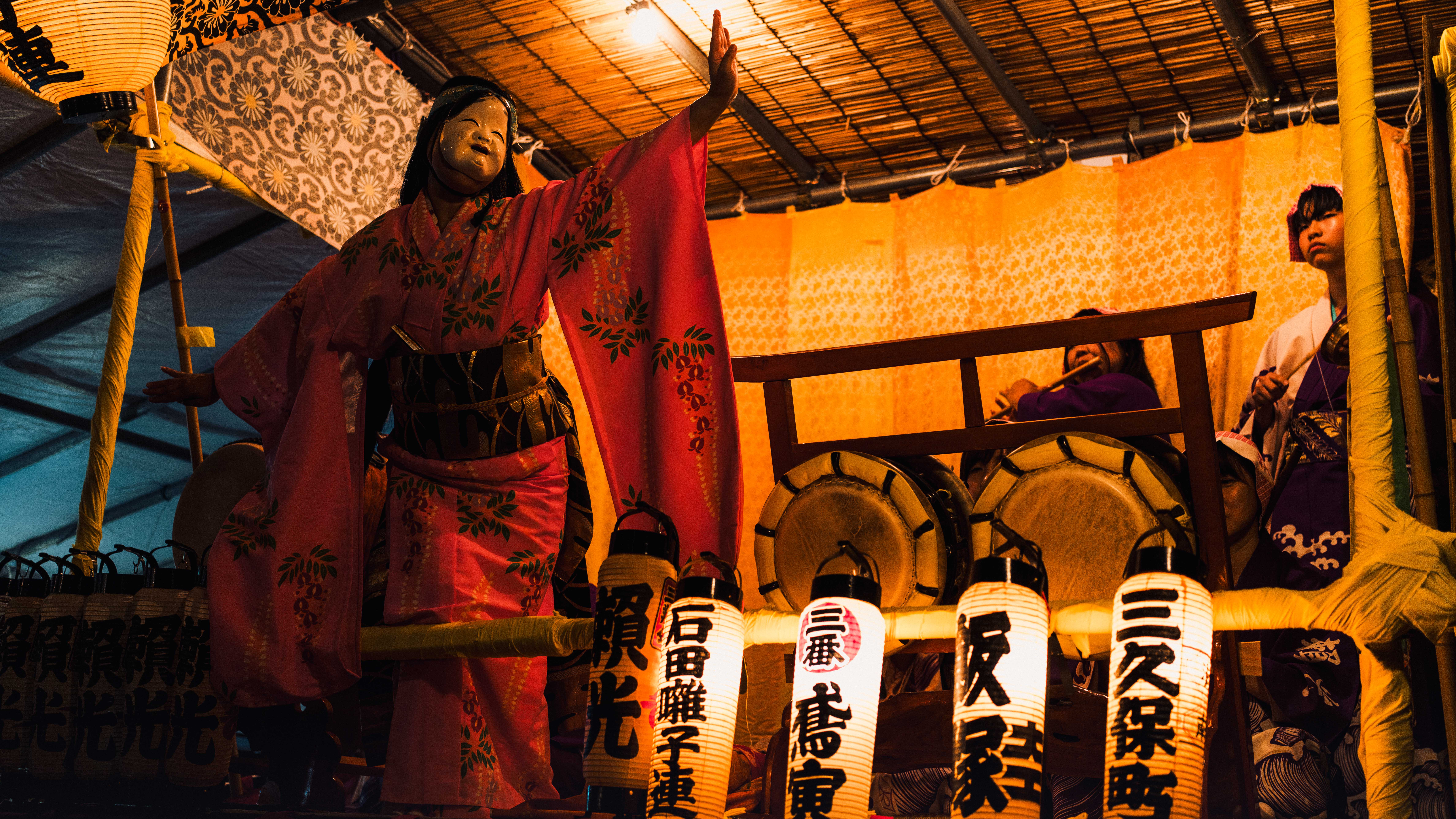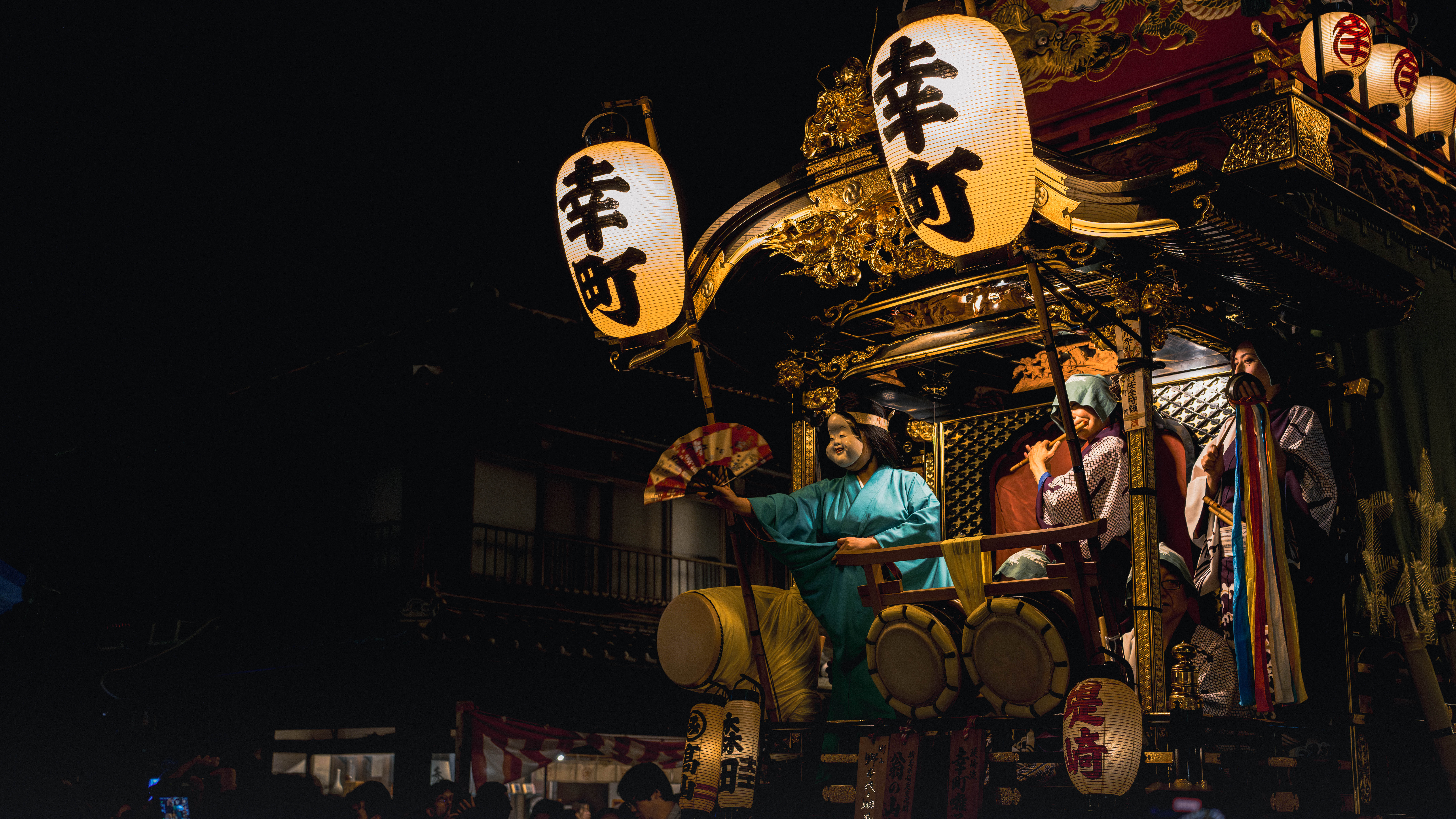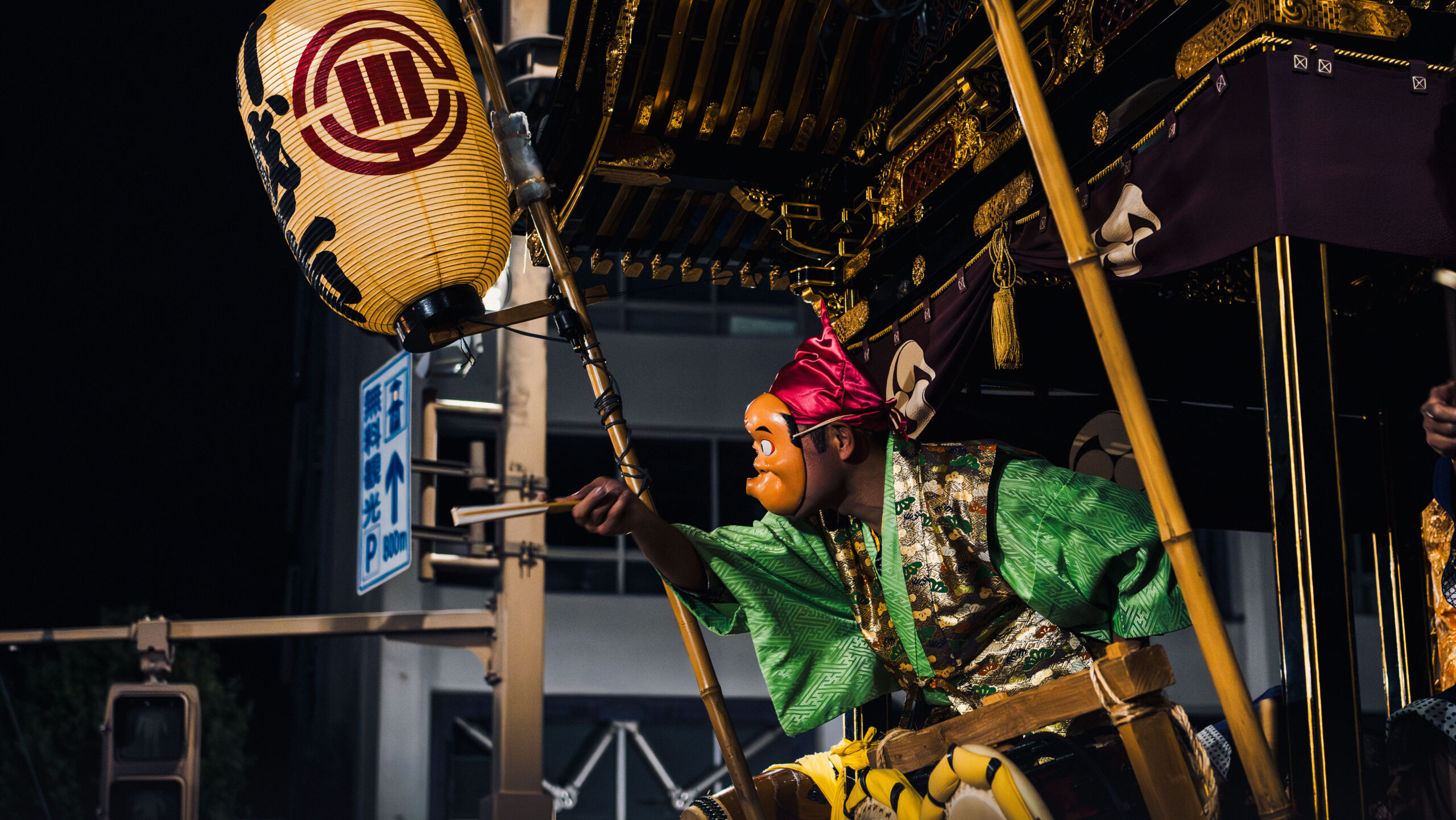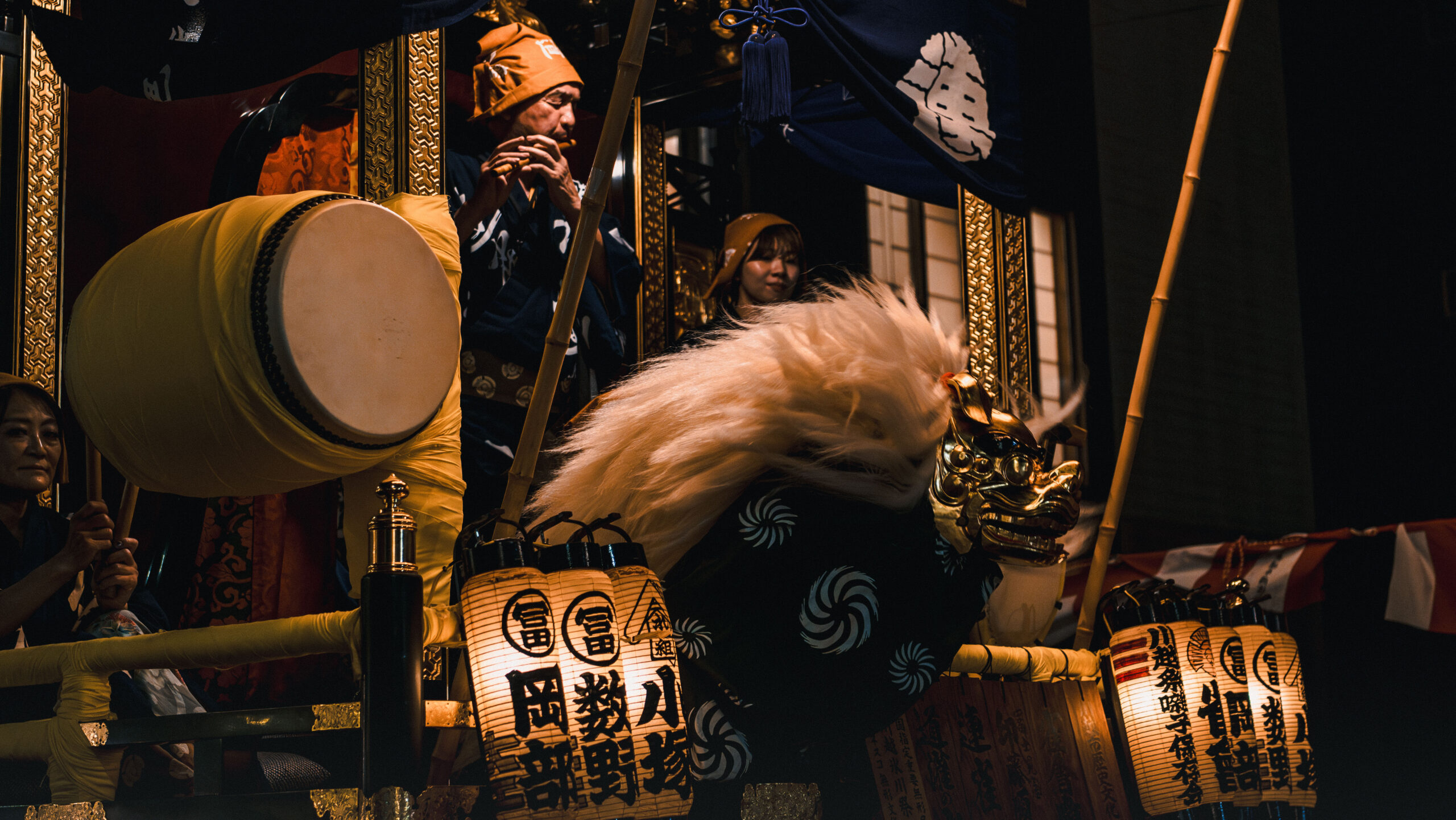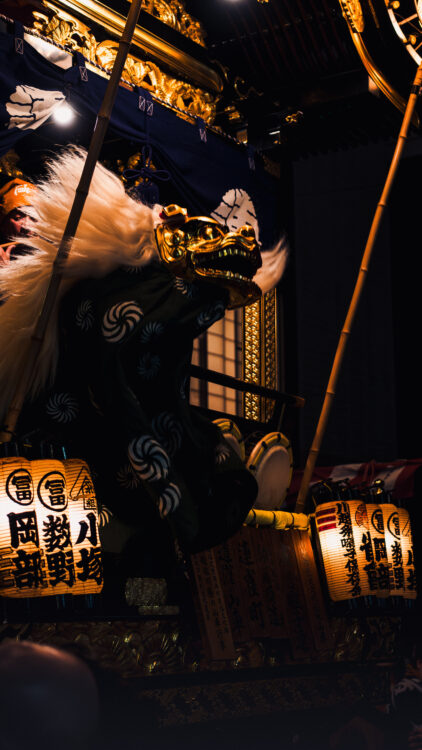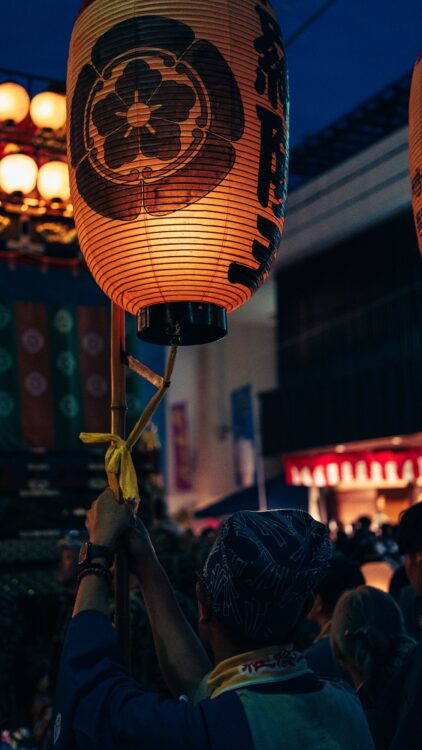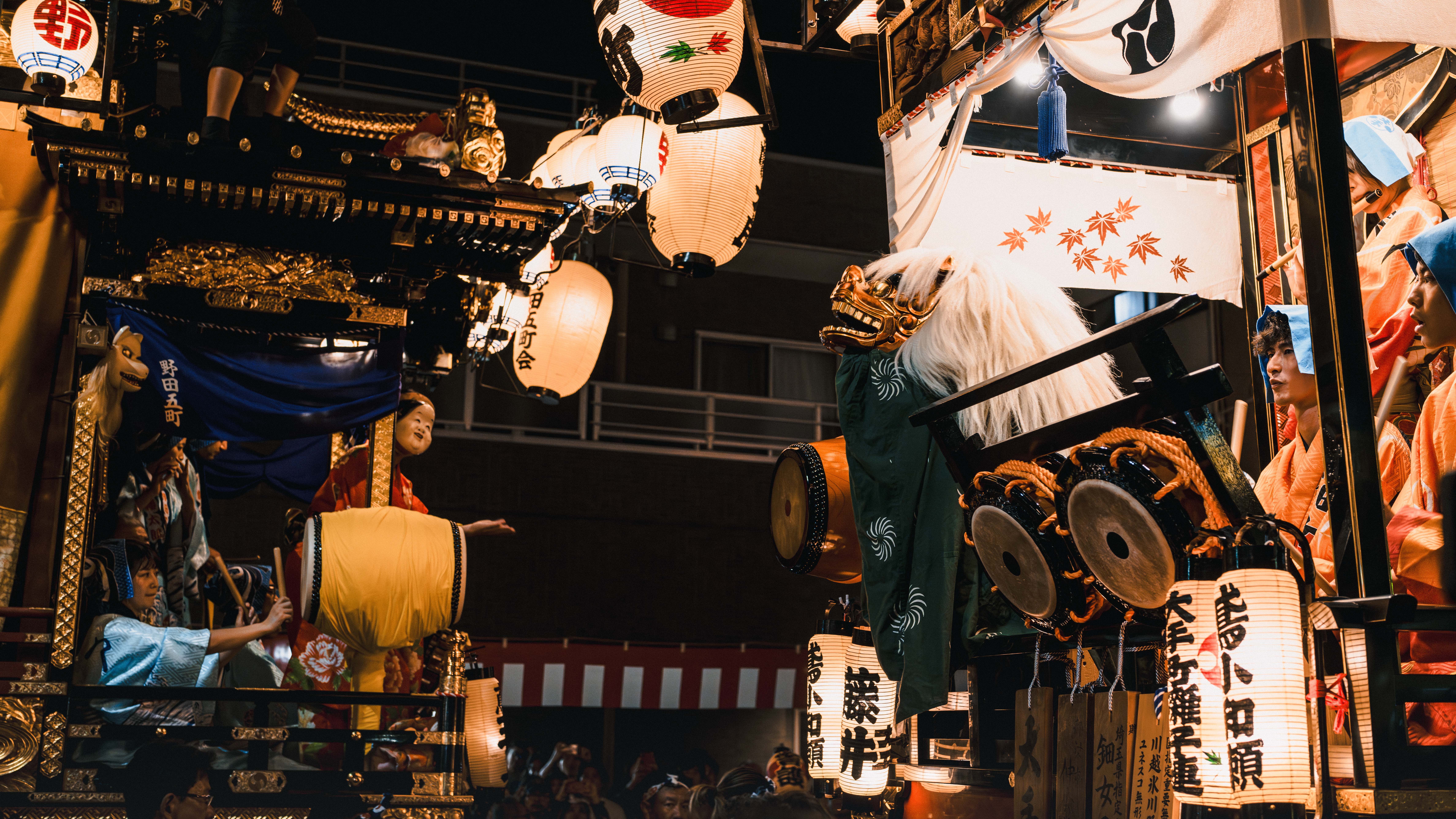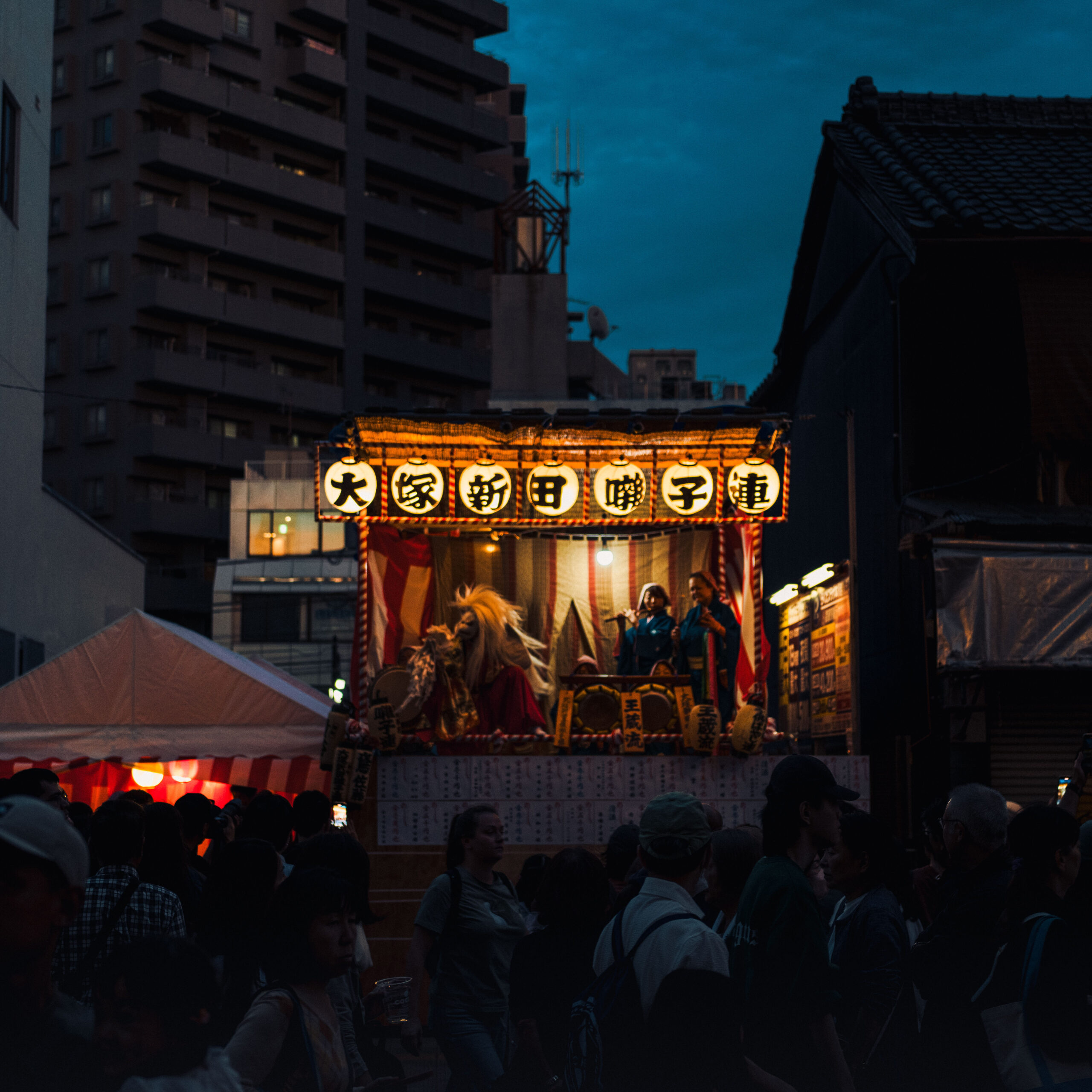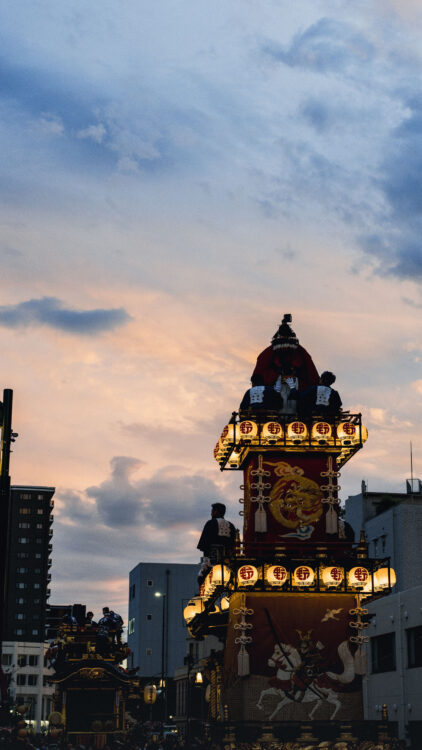
川越は、埼玉県にある町だ。毎年十月の第三日曜日とその前日におこなわれる祭り、「川越まつり」って呼ばれる。江戸の「天下祭」の影響を受けて、江戸時代からの山車(だし)の様式を引き続きして、川越独特の特色を加えながら発展してきた。平成にユネスコ無形文化遺産に登録されたそう。
今回の祭りは雨の日が続く中で、珍しい晴れた日になったから、都内から行ってみた。
Kawagoe is a town located in Saitama. Every year, on the third Sunday of October and the day before, a festival called the “Kawagoe Festival” is held. Influenced by the Tenka Matsuri (Festival of the Realm) of Edo, it has carried on the traditional dashi (festival floats) style from the Edo period while developing its own unique Kawagoe characteristics. It was registered as a UNESCO Intangible Cultural Heritage in the Heisei era.
This year’s festival happened to fall on a rare sunny day amid a stretch of rainy days, so I decided to go visit from Tokyo.
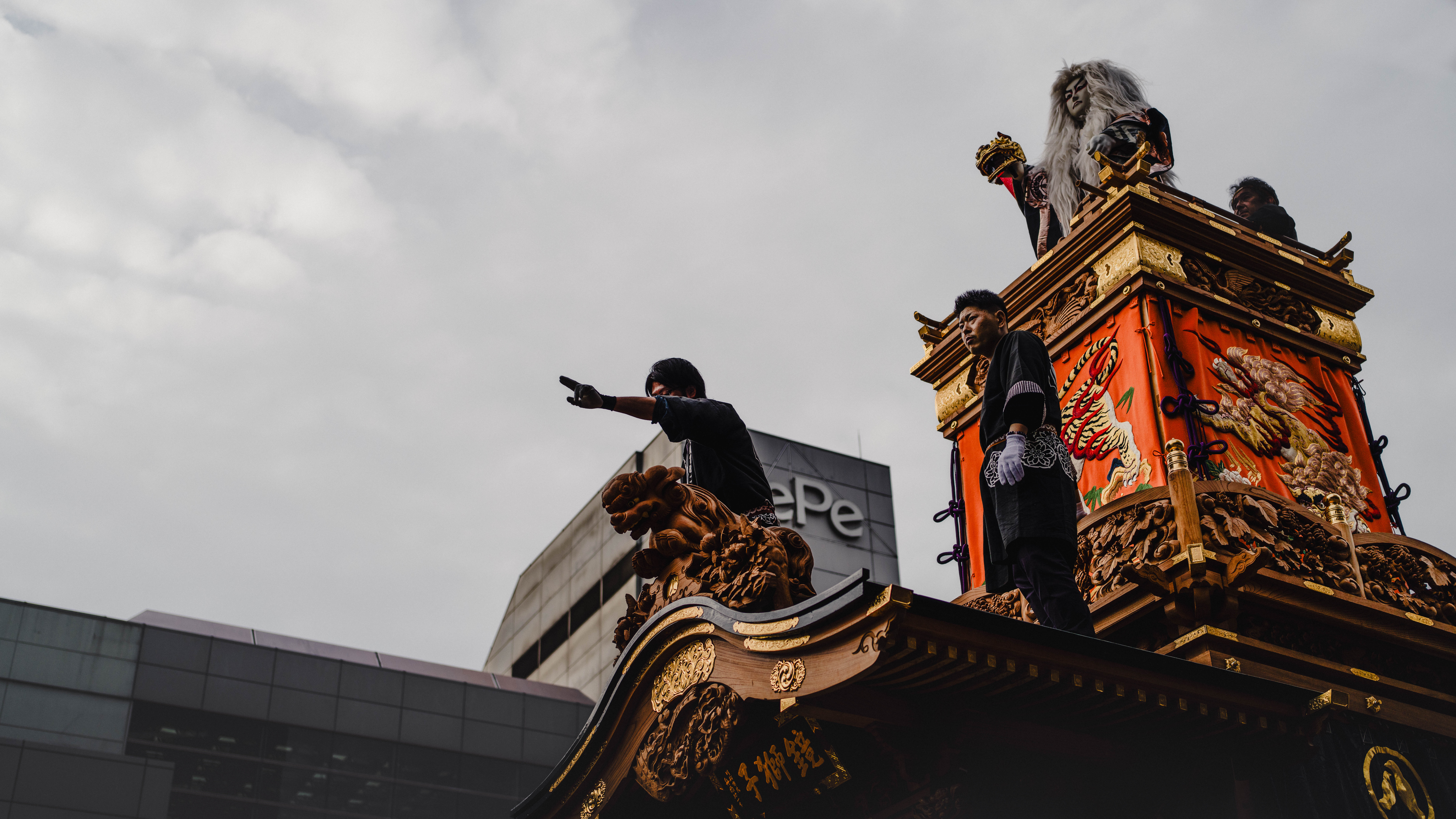
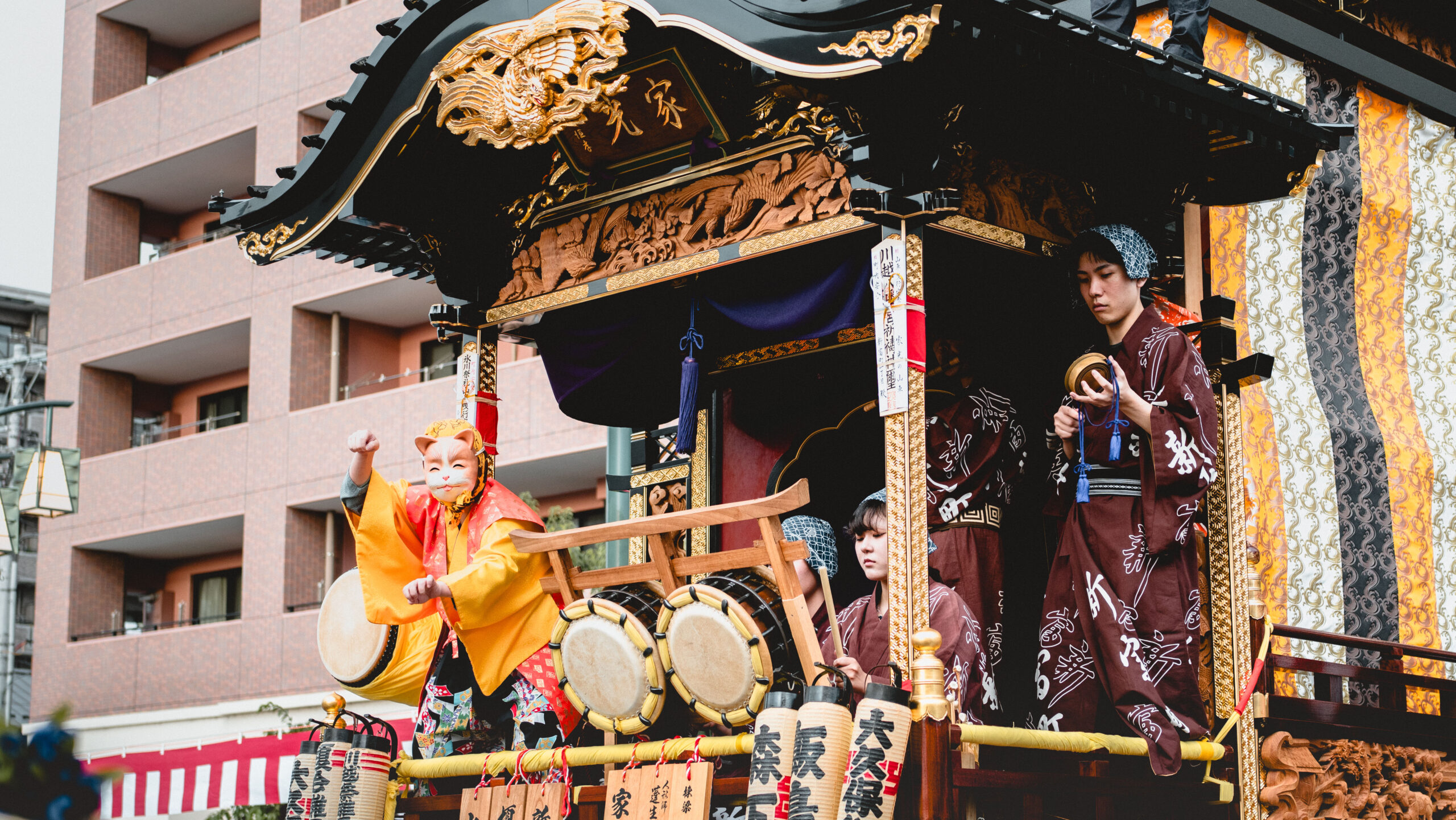
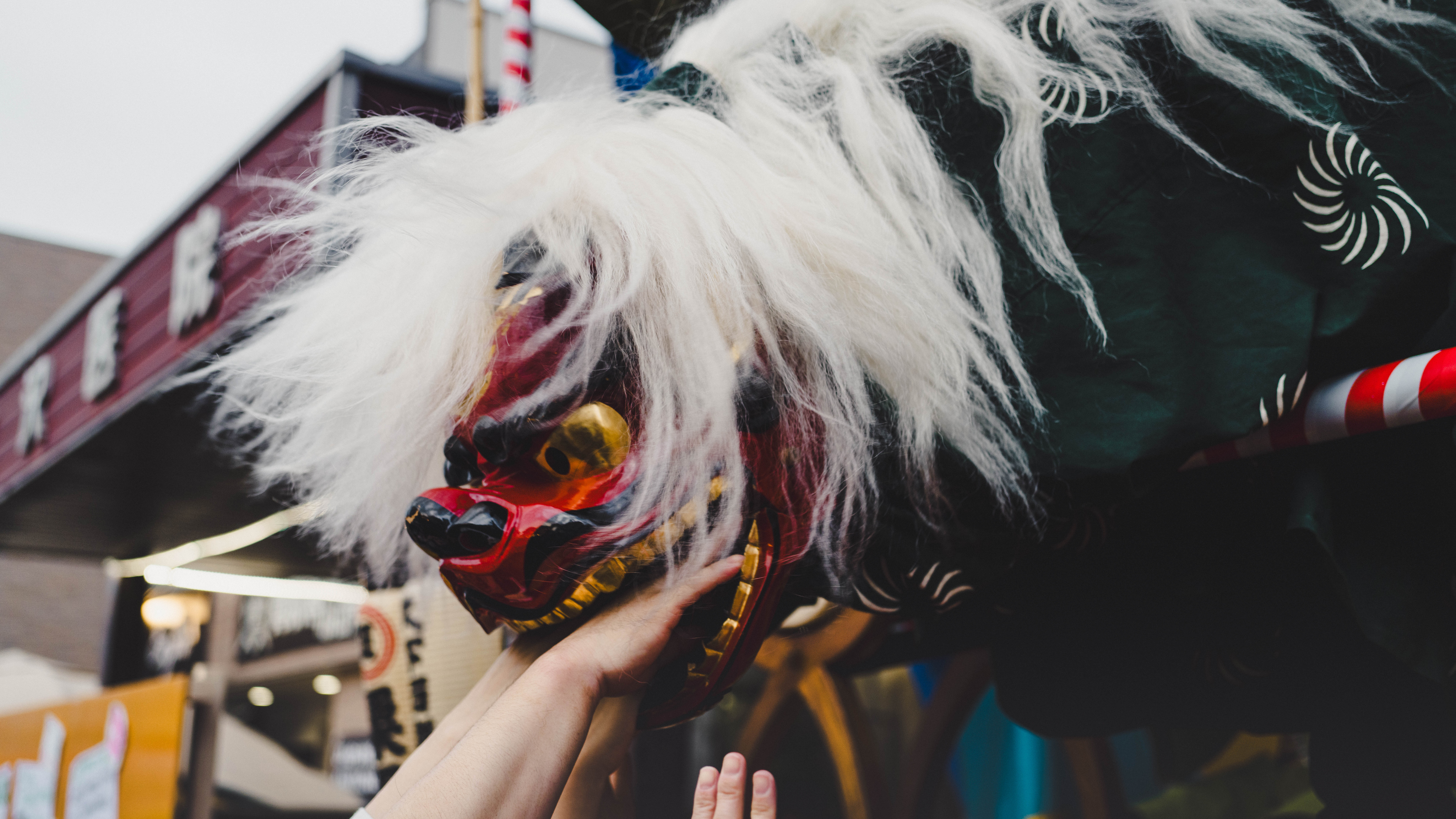
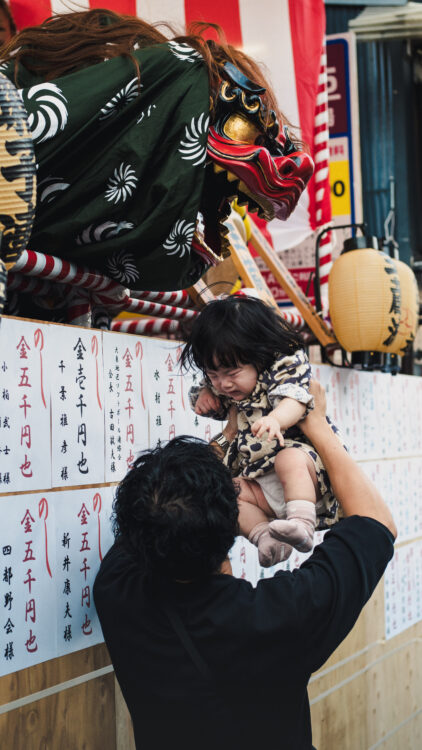
なぜ獅子に噛んでもらうの?町民から聞いて、自身に憑依した悪霊など汚いものを噛み潰して呑むための祈りの一つなのだろう。
Why do people let the lion bite them?
It is believed that by having the lion bite them, the townspeople offer a form of prayer — the lion symbolically bites and swallows the evil spirits or impurities that have possessed them.
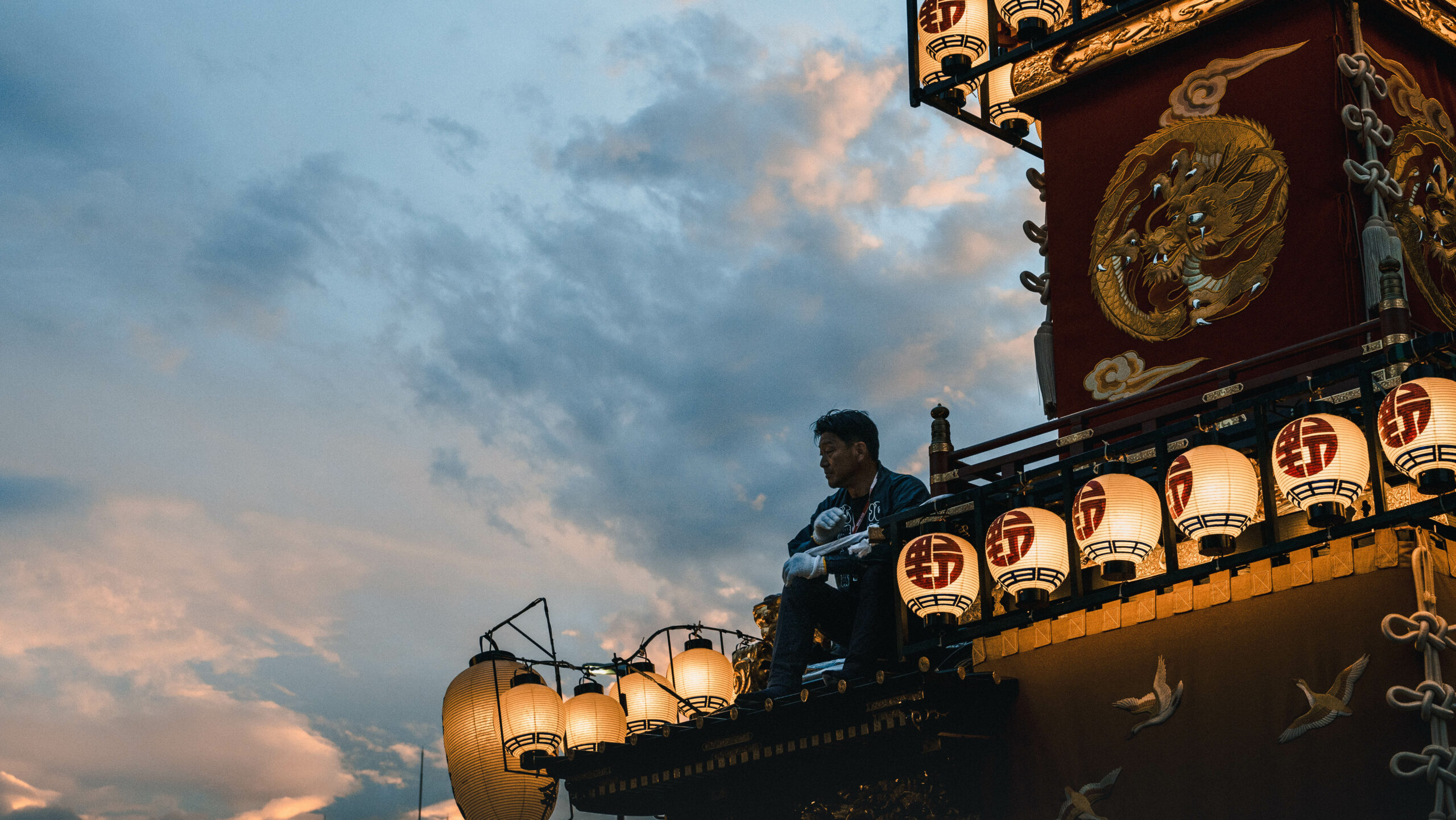
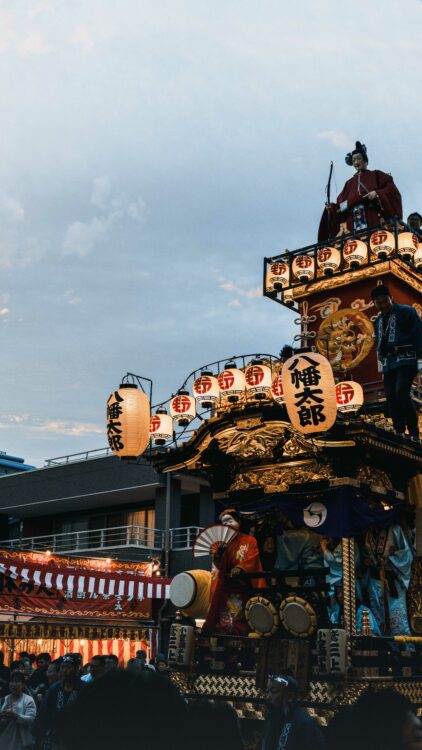
夜になりつつ、つける提灯が輝き始めた。
When the night comes, the lanterns will be lighted.
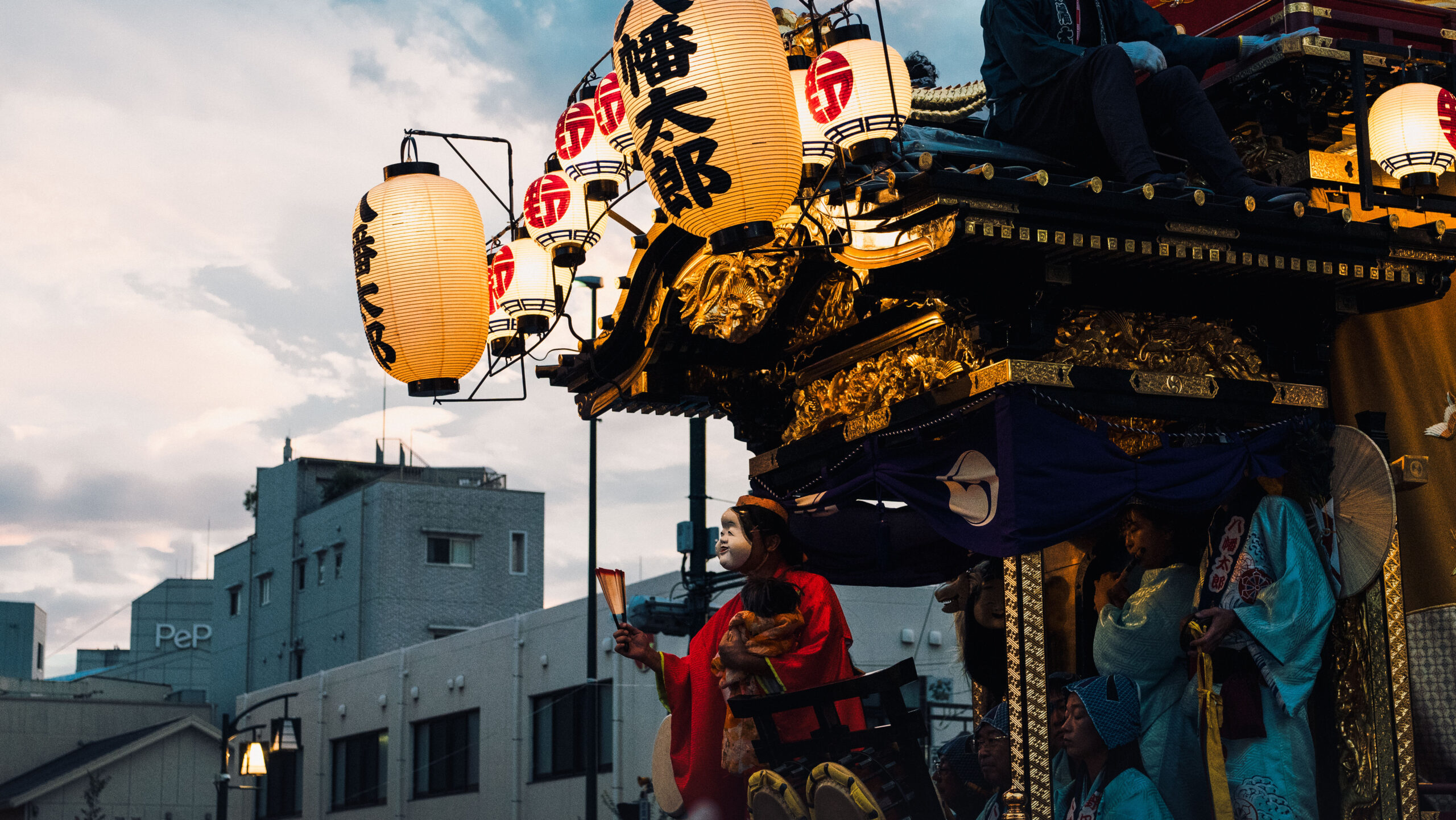
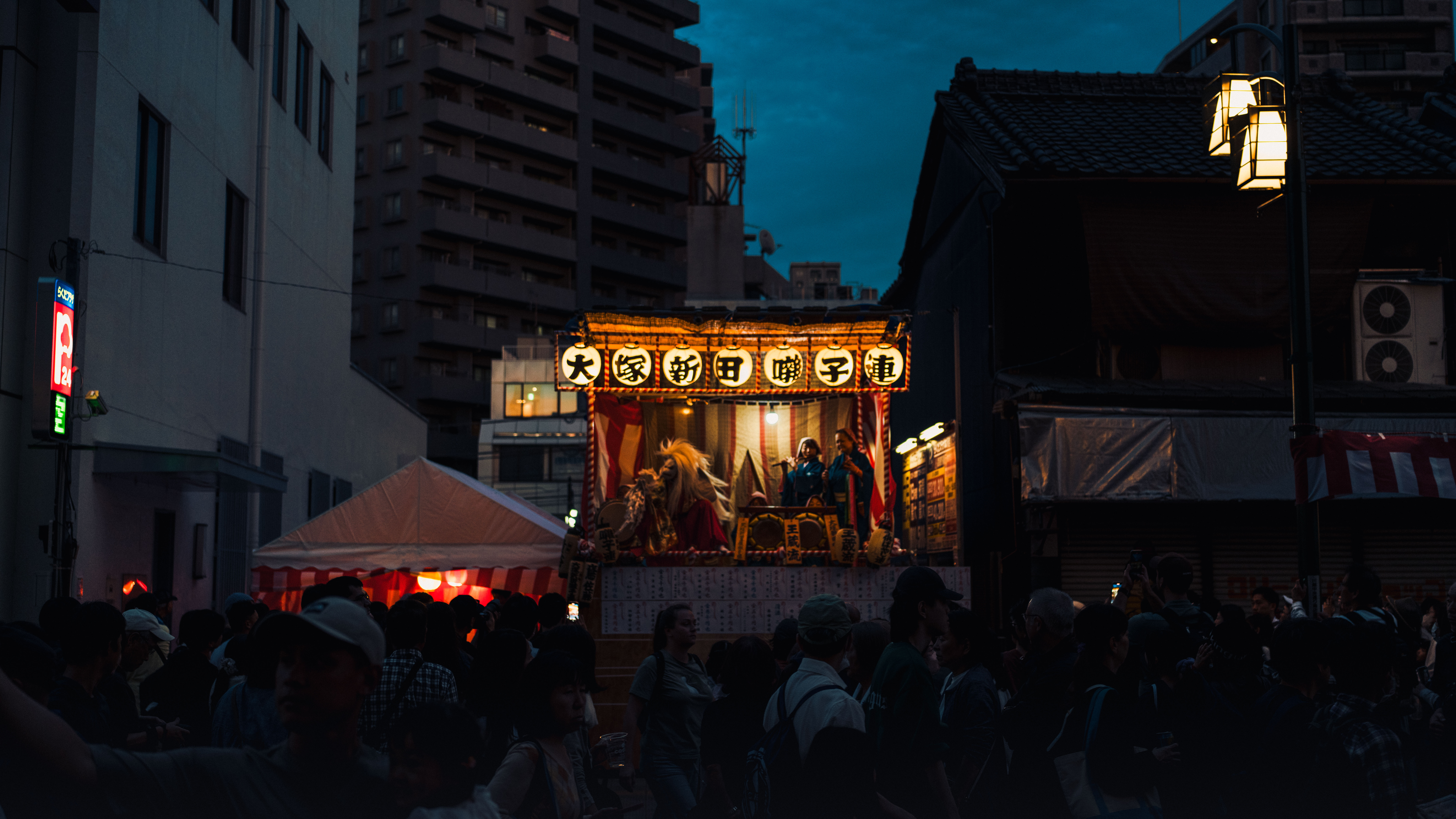
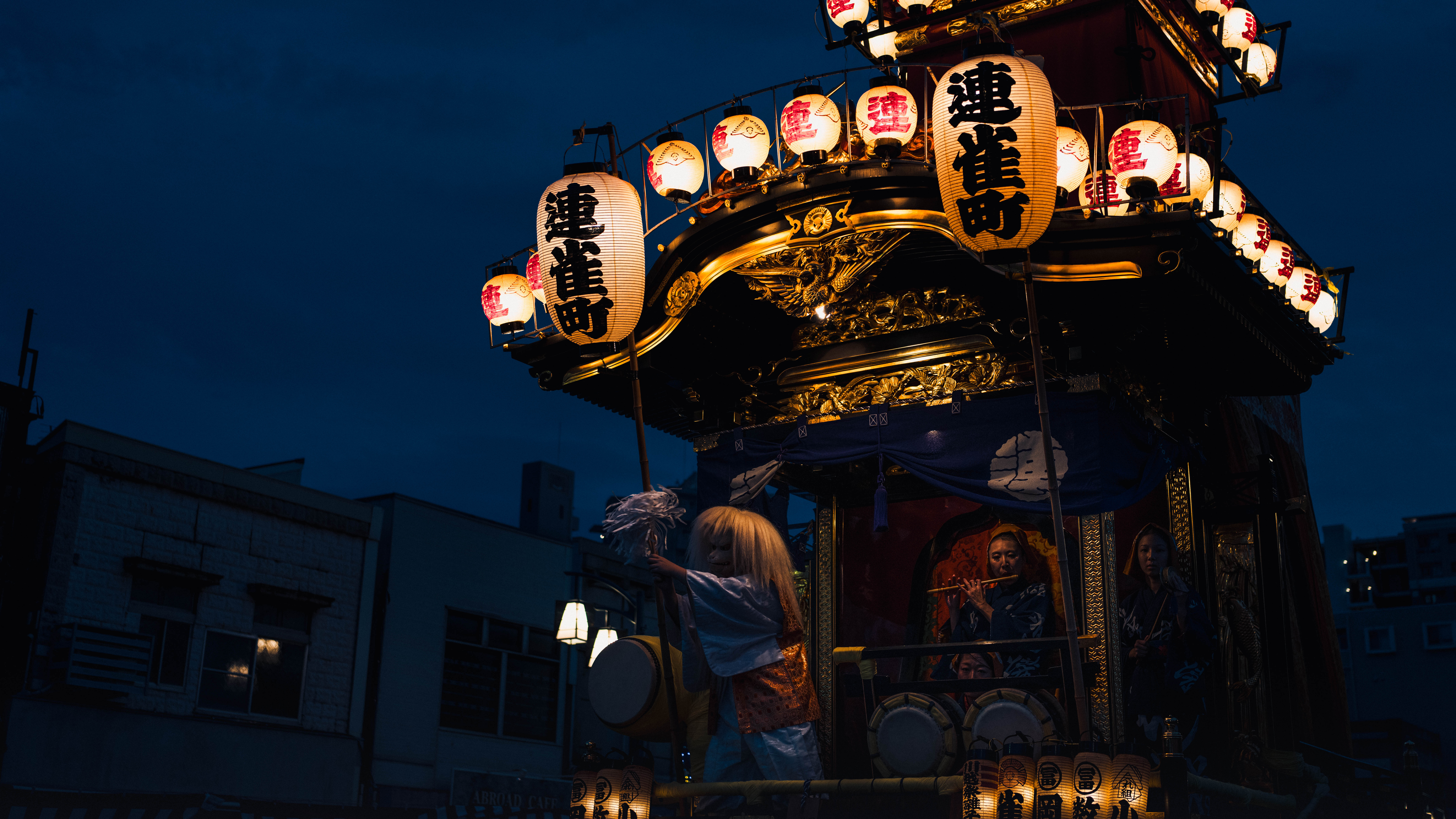
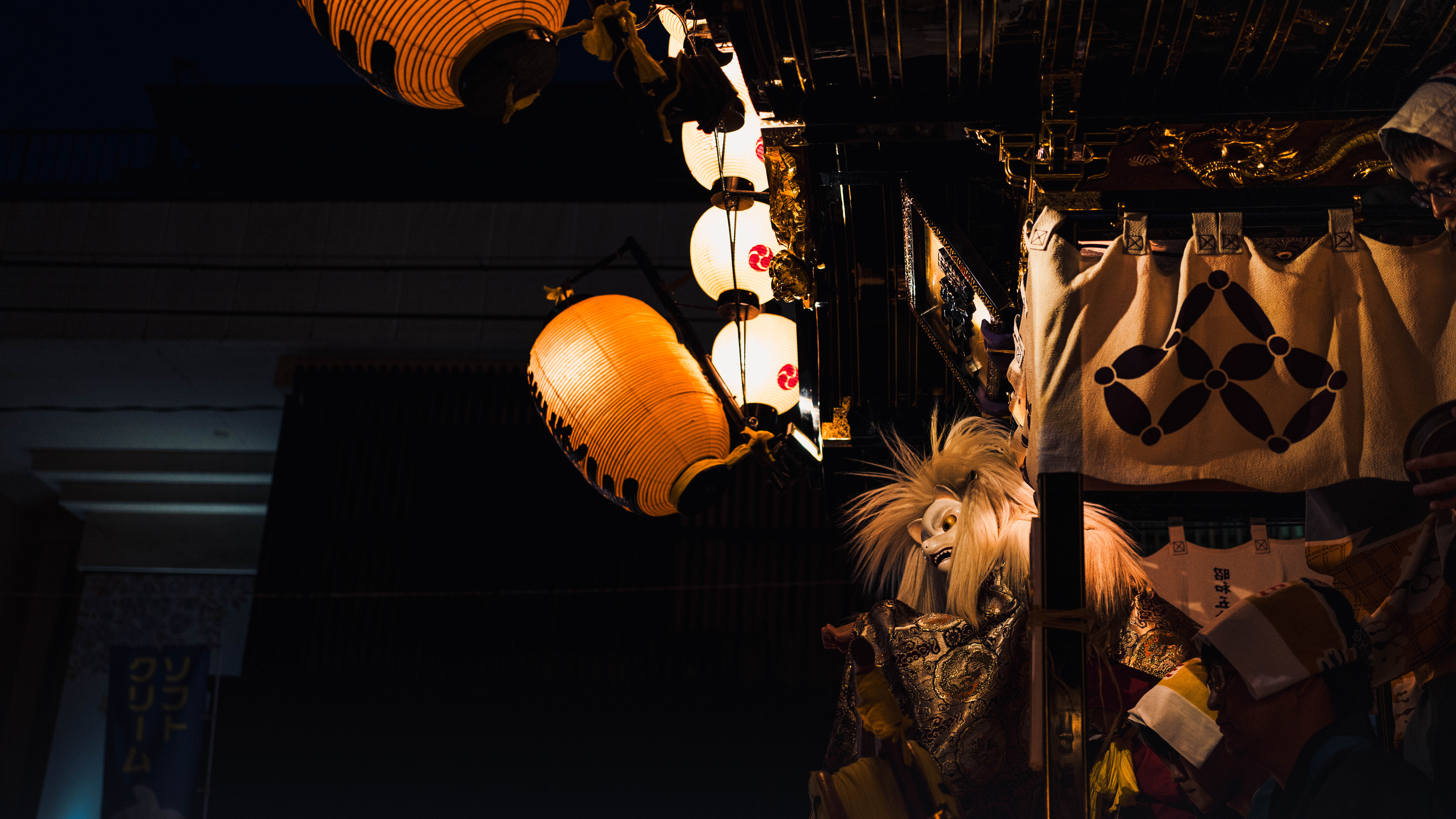
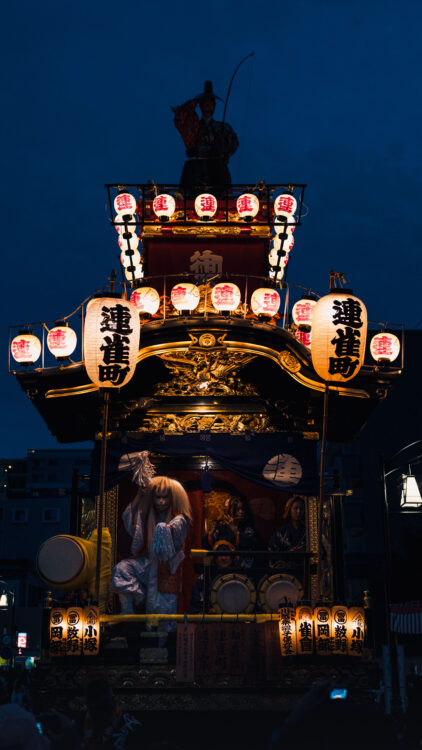
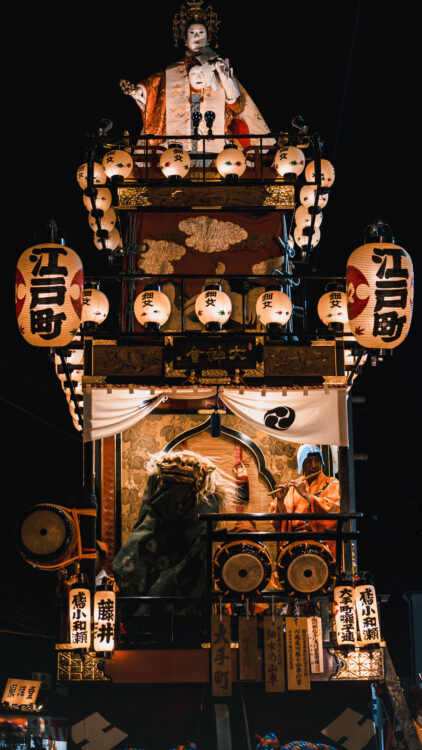
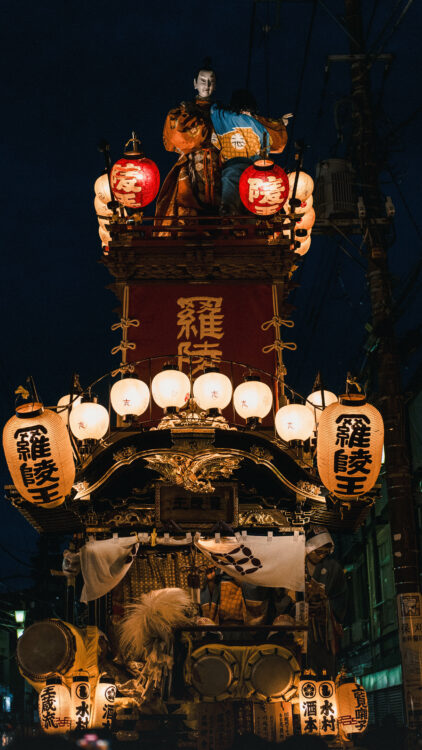
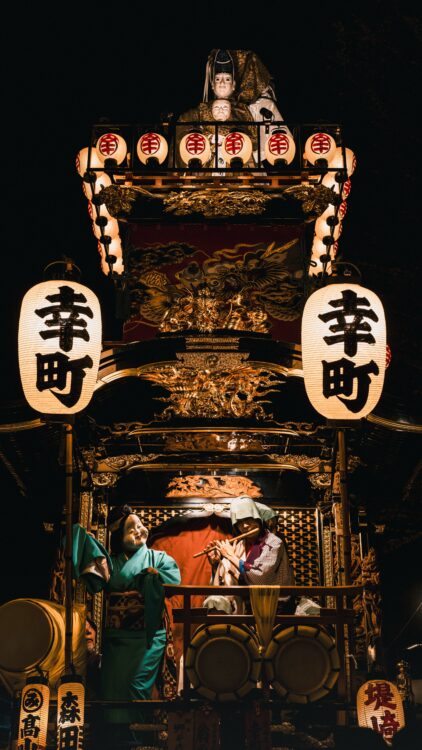
山車(だし)、祭礼で人々が引いたり担いだりする、花や人形などで豪華に装飾された屋台のことである。町によって形や飾りが異なることもある。
川越祭りには、その中で舞っているのは、囃子(はやし)っていうことだ。
A dashi (festival float) is a beautifully decorated festival cart adorned with flowers or figures, which people pull or carry during festivals. The shape and decorations can vary from town to town.
At the Kawagoe Festival, what dances within the floats is the hayashi — the traditional festival music and performance.
